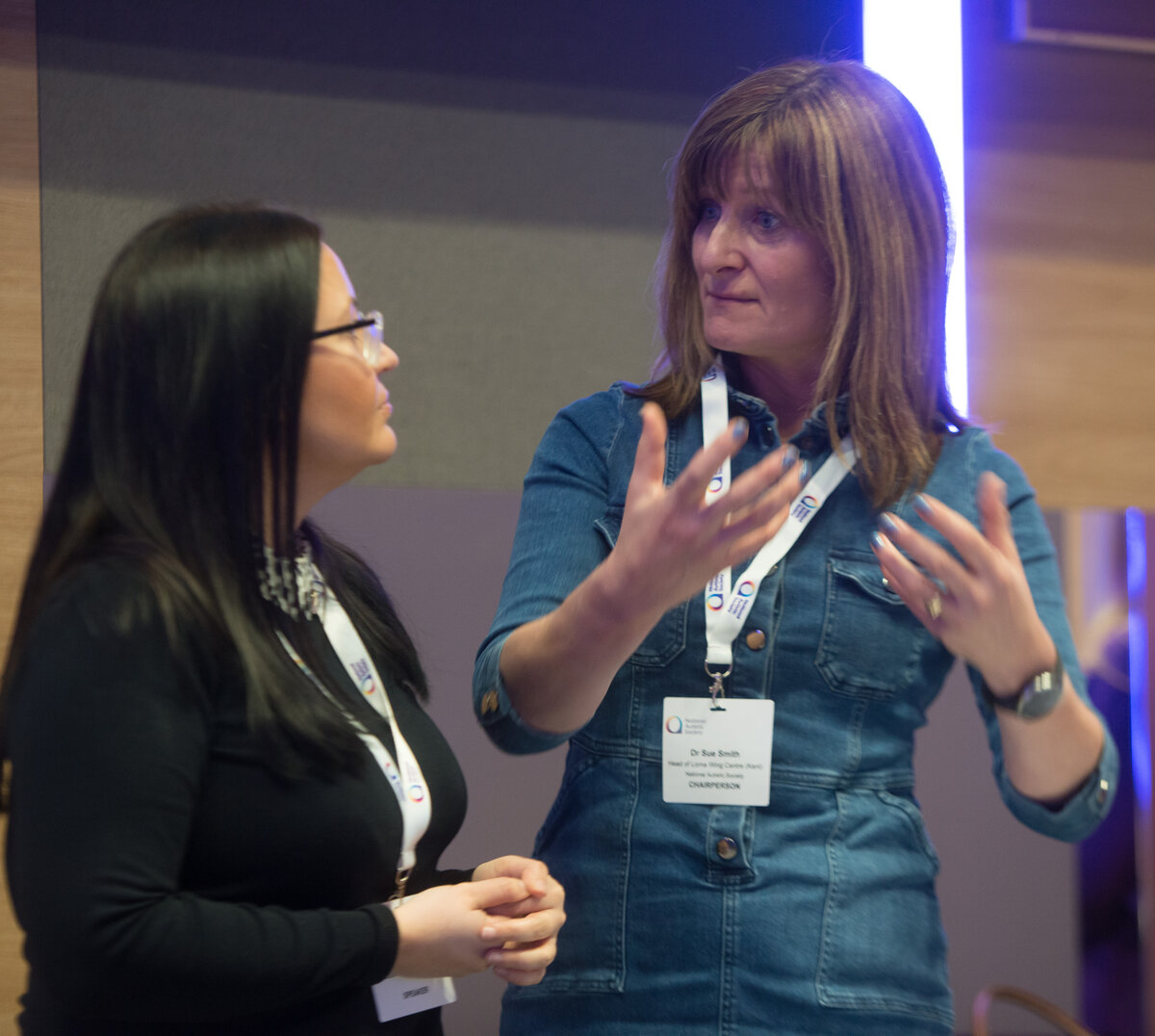Autistic people and menstruation
Published on 18 September 2018
Author: Robyn Steward
Robyn Steward, autistic author and consultant discusses the results of research into autistic people’s experiences of menstruation. Robyn looks at sensory difficulties, the lack of clear advice and information, and also highlights the issue of gender identity.
I was interested in researching autism and menstruation as, in my personal experience, the information available lacks detail and accuracy. Being autistic of course can present some challenges when managing a period, especially if the person has a co-occurring learning disability.
- Sensory difficulties (coping with odours, sensation of blood running, using public toilets, using sanitary towels/tampons).
- Difficulties coping with change in the body and change with periods. A person’s first period can differ from forthcoming periods; each period can be different and may change due to age, stress and after child birth for example. Difficulties coping with menstruation for those who do not identify as female.
- Confusion arising from lack of detailed, clear information.
With the help of my colleagues at the Centre for Research in Autism and Education (CRAE) and UCL University College London, we carried out a thematic analysis (this is where several researchers independently read the responses to questions within a research study and then group them into categories).
Of the 458 respondents to my survey:
- 149 had a formal diagnosis
- 37 were in the process of getting a diagnosis
- 95 were self-diagnosed.
The main research findings were published in the Journal of Autism and Developmental Disorders.
- There is a need for more detailed and explicit information about periods. Respondents felt that the information provided is too vague and sometimes inaccurate (such as physiological drawings). There is a need for accurate, explicit, detailed information on the physiology of periods, the sanitary protection available and how to use them. For instance some respondents had had no information about spotting.
- Due to social difficulties, autistic individuals are less likely to have the support of peers.
- Gender: autistic people who don’t describe themselves as female felt that the language used when talking about menstruation should be gender neutral or include gender neutral language.
Society for Menstrual Cycle Research
I went to the Society for Menstrual Cycle Research’s conference to present on a plenary panel the results of my survey. British American teacher Chella Quint ran a very interactive workshop, the focus of which was on stains. This is something that many people on and off the spectrum worry about, and Chella is inspiring a movement of people not being embarrassed by something which is natural.
She also highlighted how important it is to teach young people (and anyone for that matter) about the different kinds of products available which are reusable, disposable, internal and external. There are now a lot of different options and these can help people who have sensory difficulties - newer options in addition to just tampons and sanitary towels/ pads.
- Menstrual cups (a silicon cup which is inserted into a vagina to catch blood and blood clots. It is easy to empty when full and is cleanable and reusable (and internal).
- Cotton reusable/washable pads and period underwear (which is very comfortable - they also make boxer style short ones which would be very useful for people who menstruate but may not identify as female).
I also had the amazing privilege of meeting Cass at the event. At this conference, people wrote their pronouns preference on their name badges. Cass’s pronouns preference is they, theirs and them. Cass has a popular Instagram account called Tonithetampon and has created a menstruation themed colouring book (2016) which aims to break the taboo about periods. They wanted to create something that they would have enjoyed as a kid, and it was part of their final college project.
Gender identity
The thing I feel is often missing with the conversation about periods is that this is the time when children are building a sense of what their gender is - sex is your biology, gender is what this means culturally. There are many autistic people who identify as transgender, non-binary, gender-fluid or gender queer. What this means is different for each person, so exploring these issues around this time is important. It can also help to address any related self-esteem issues.
Gender is a key part of one’s identity, just as autism is. You cannot get away from it and the media, both social and traditional, often portray stereotypical gender roles. If you don’t fit into these, and if you feel different from your peers in other ways, then this can make starting periods and going through puberty in general much harder.
Thought should be given to how we can best understand each person’s sense of self including gender and autism, and help them to find others like them (so they know they are out there).













